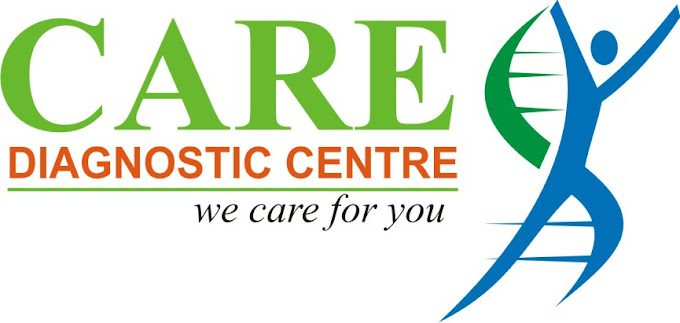X-ray

X-ray imaging, also known as radiography, is a commonly used medical imaging technique that produces images of the internal structures of the body. It utilizes a small amount of ionizing radiation to create images of bones, tissues, and organs, allowing healthcare providers to diagnose and monitor a wide range of medical conditions. X-ray imaging is versatile, widely available, and relatively quick, making it a valuable tool in various medical settings.
Purpose of X-ray Imaging
Bone and Joint Evaluation
One of the primary purposes of X-ray imaging is to assess the bones and joints for fractures, dislocations, arthritis, and other orthopedic conditions. X-rays can visualize the structure, alignment, and integrity of bones, helping healthcare providers diagnose injuries and plan appropriate treatment.
Chest Imaging
X-ray imaging of the chest, also known as a chest X-ray or CXR, is used to evaluate the lungs, heart, and surrounding structures. It helps diagnose conditions such as pneumonia, lung cancer, pleural effusion, pulmonary edema, and heart failure. CXRs are also used for screening and monitoring lung diseases.
Abdominal Imaging
X-ray imaging of the abdomen, commonly referred to as an abdominal X-ray, provides information about the abdominal organs, gastrointestinal tract, and soft tissues. It helps diagnose conditions such as bowel obstruction, kidney stones, abdominal masses, and foreign bodies.
Procedure of X-ray Imaging
Preparation and Process
The X-ray imaging procedure typically involves the following steps:
Patient Preparation: The patient may be asked to remove jewelry, clothing with metal fasteners, or other metallic objects that could interfere with imaging. Protective lead aprons or shields may be provided to minimize radiation exposure to areas not being imaged.
Positioning: The patient is positioned appropriately for the specific X-ray examination, whether it’s a limb, spine, chest, or abdomen. The X-ray machine is adjusted accordingly to focus radiation on the targeted area.
Image Acquisition: The X-ray machine emits a controlled burst of ionizing radiation, which passes through the body and is absorbed by the tissues to varying degrees. A digital detector or film cassette placed behind the patient captures the transmitted radiation, creating an image of the internal structures.
Image Interpretation: The resulting X-ray images are viewed by a radiologist or healthcare provider who interprets the findings, looking for signs of abnormalities, injuries, or diseases. Additional views or imaging modalities may be recommended for further evaluation if needed.
Clinical Applications
Diagnostic Imaging
X-ray imaging is used for diagnostic purposes across various medical specialties, including orthopedics, pulmonology, cardiology, gastroenterology, and emergency medicine. It helps healthcare providers visualize internal structures and identify abnormalities, guiding diagnosis and treatment planning.
Monitoring and Follow-Up
X-ray imaging is also used for monitoring disease progression, assessing treatment efficacy, and evaluating postoperative outcomes. Repeat X-rays may be performed at regular intervals to track changes in bone healing, disease progression, or response to treatment.
Advantages and Limitations
Advantages: X-ray imaging is widely available, relatively inexpensive, and quick to perform. It provides detailed images of bones and tissues, aiding in the diagnosis of a wide range of medical conditions. X-rays can be obtained in various settings, including hospitals, clinics, and outpatient imaging centers.
Limitations: X-ray imaging exposes patients to ionizing radiation, which carries a small risk of radiation exposure, particularly with repeated or high-dose imaging. X-rays have limited soft tissue contrast compared to other imaging modalities such as MRI or CT, making them less suitable for evaluating certain conditions. Additionally, X-rays may not detect early-stage or subtle abnormalities, requiring additional imaging or diagnostic tests for confirmation.
Integration with Healthcare
X-ray imaging is an integral part of diagnostic and therapeutic healthcare practices, used in conjunction with clinical evaluation, laboratory tests, and other imaging modalities to provide comprehensive patient care. Results of X-ray examinations guide treatment decisions, surgical planning, and patient management across various medical specialties. Regular quality assurance measures ensure the safe and effective use of X-ray imaging in healthcare settings.

